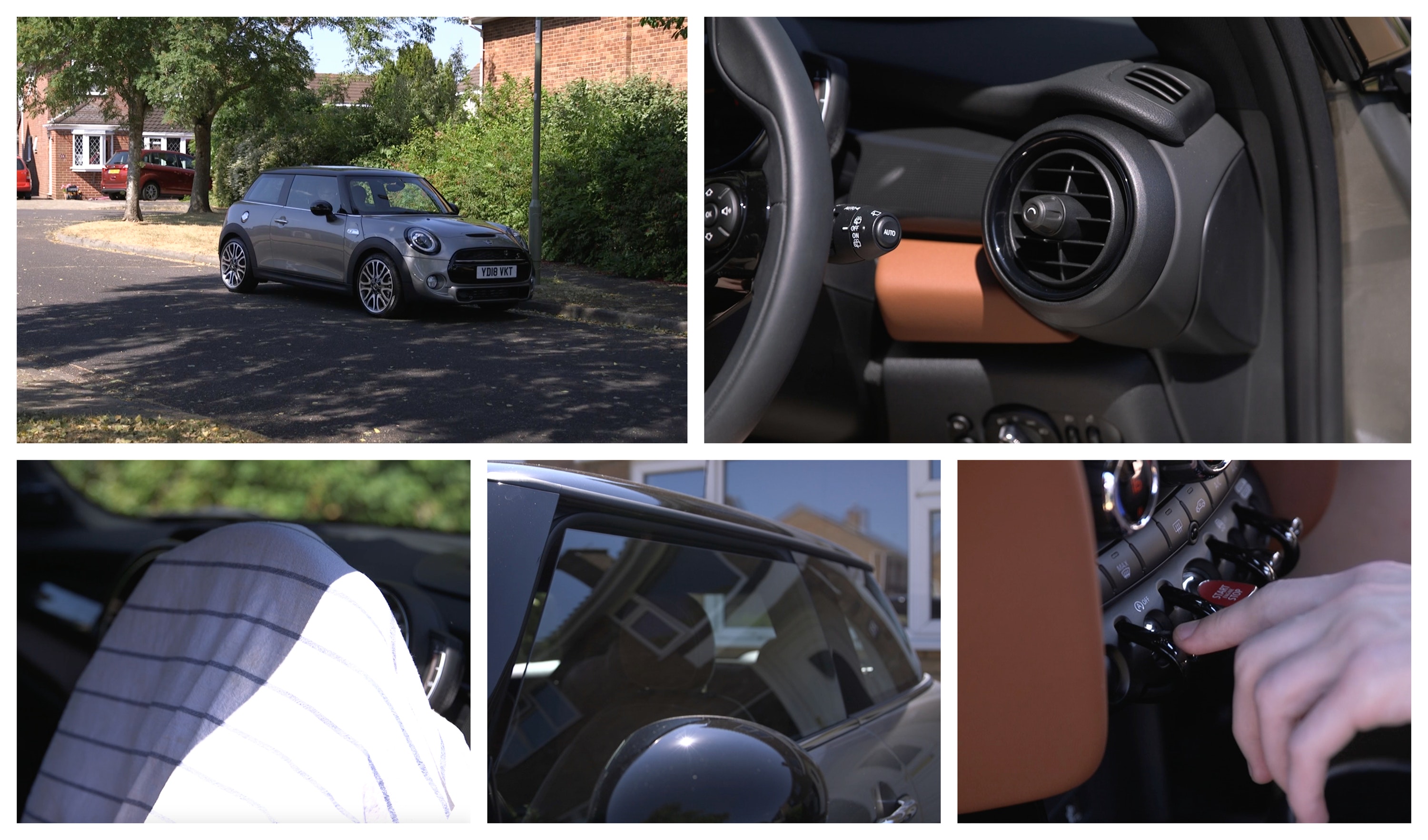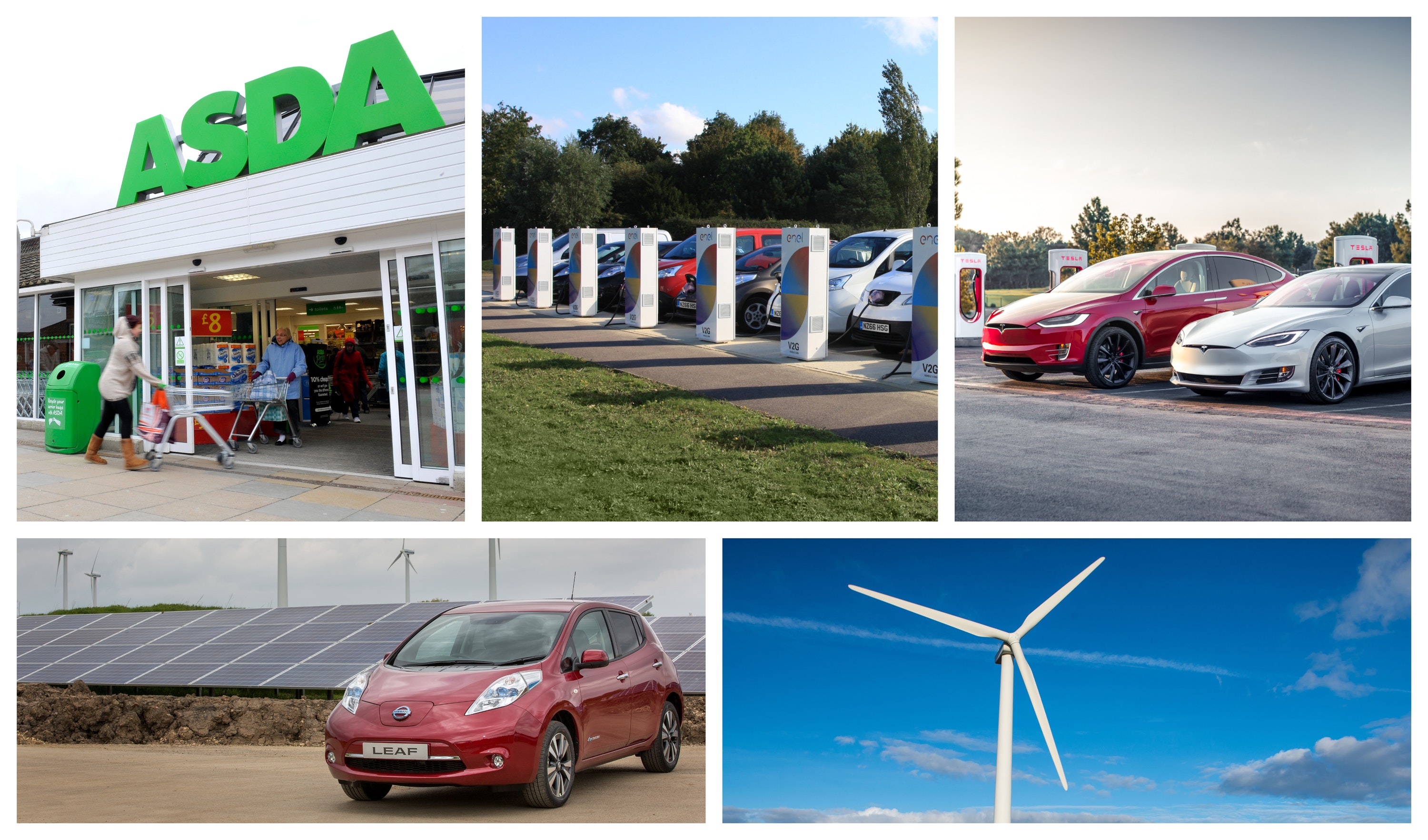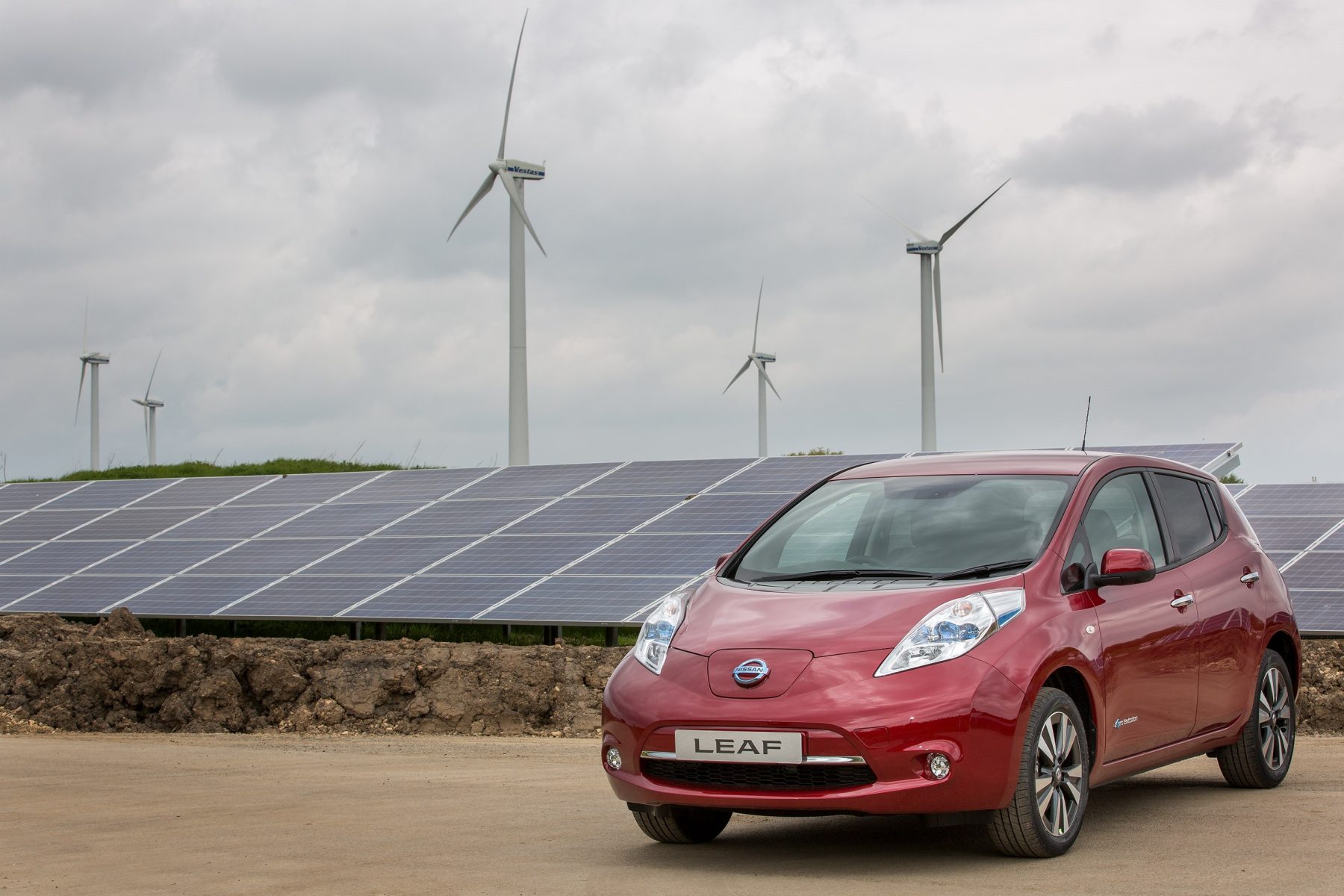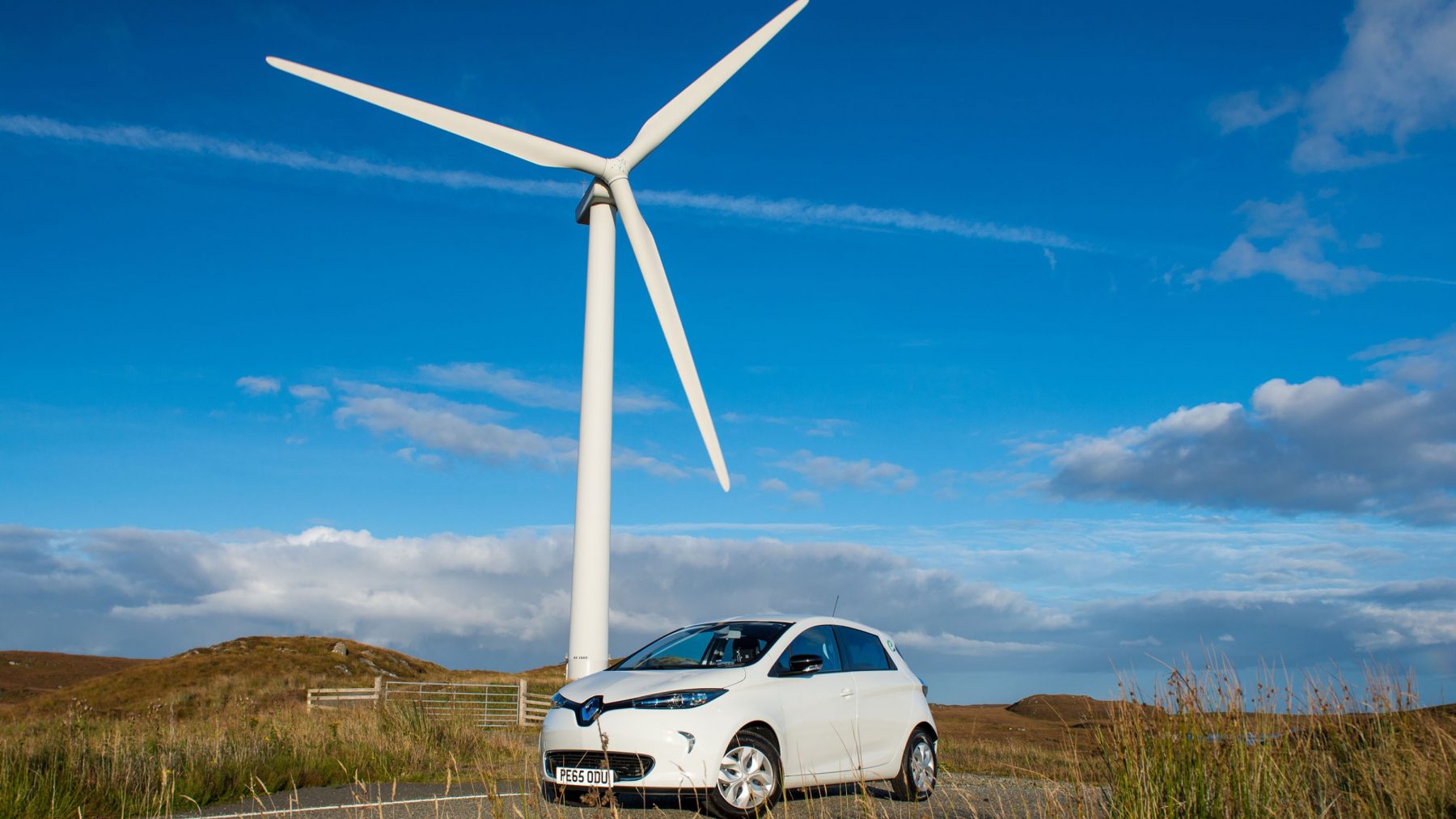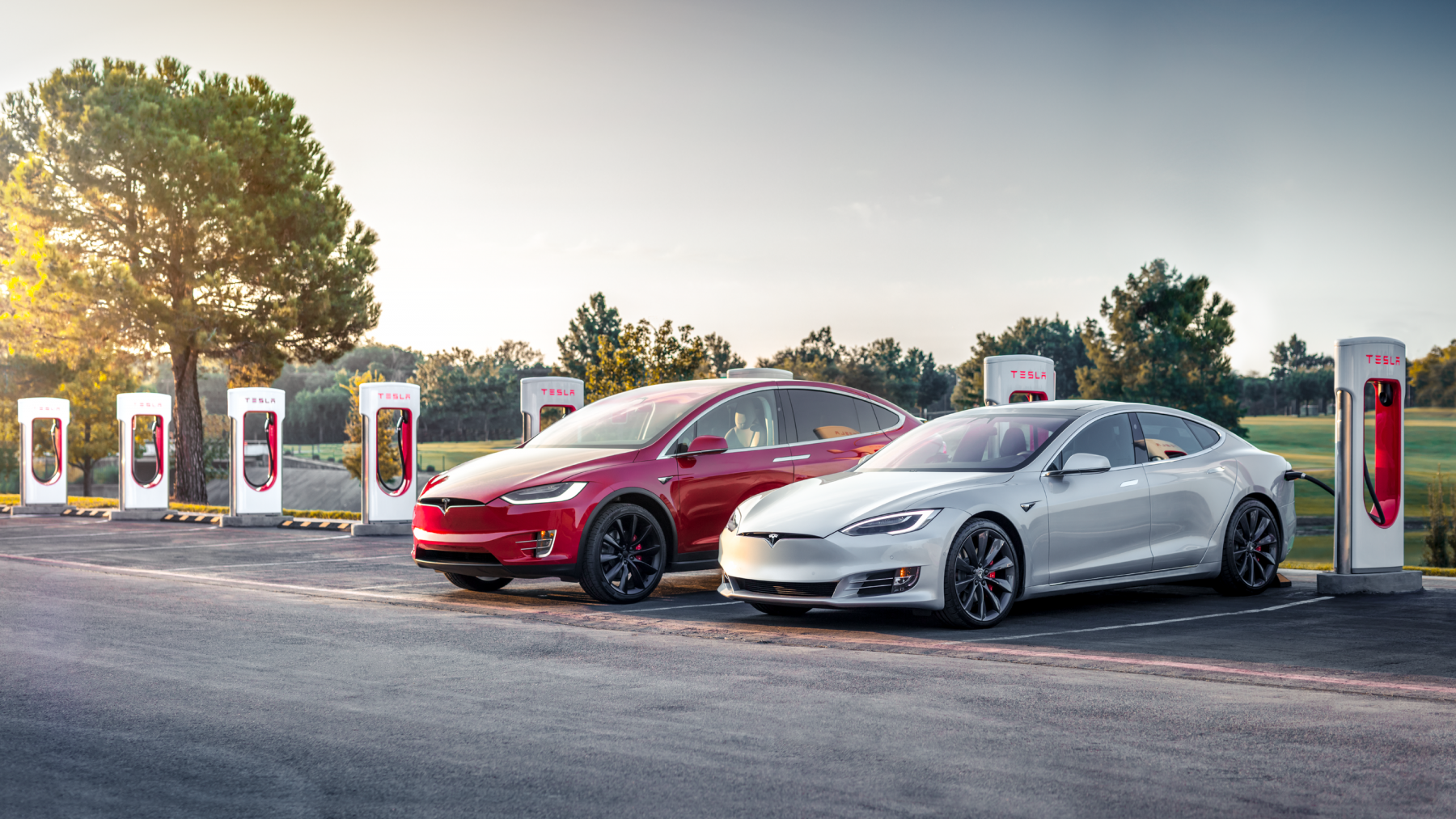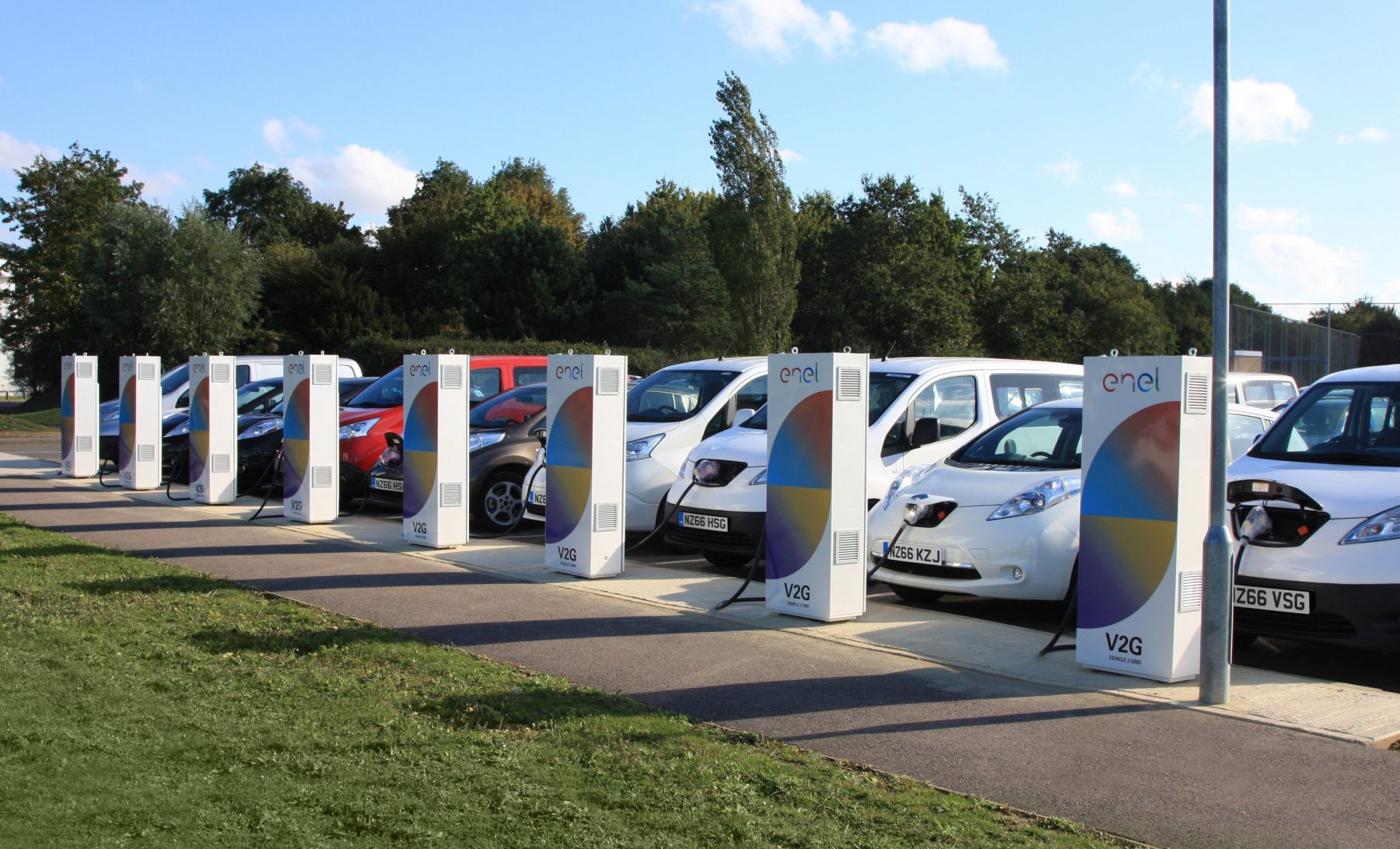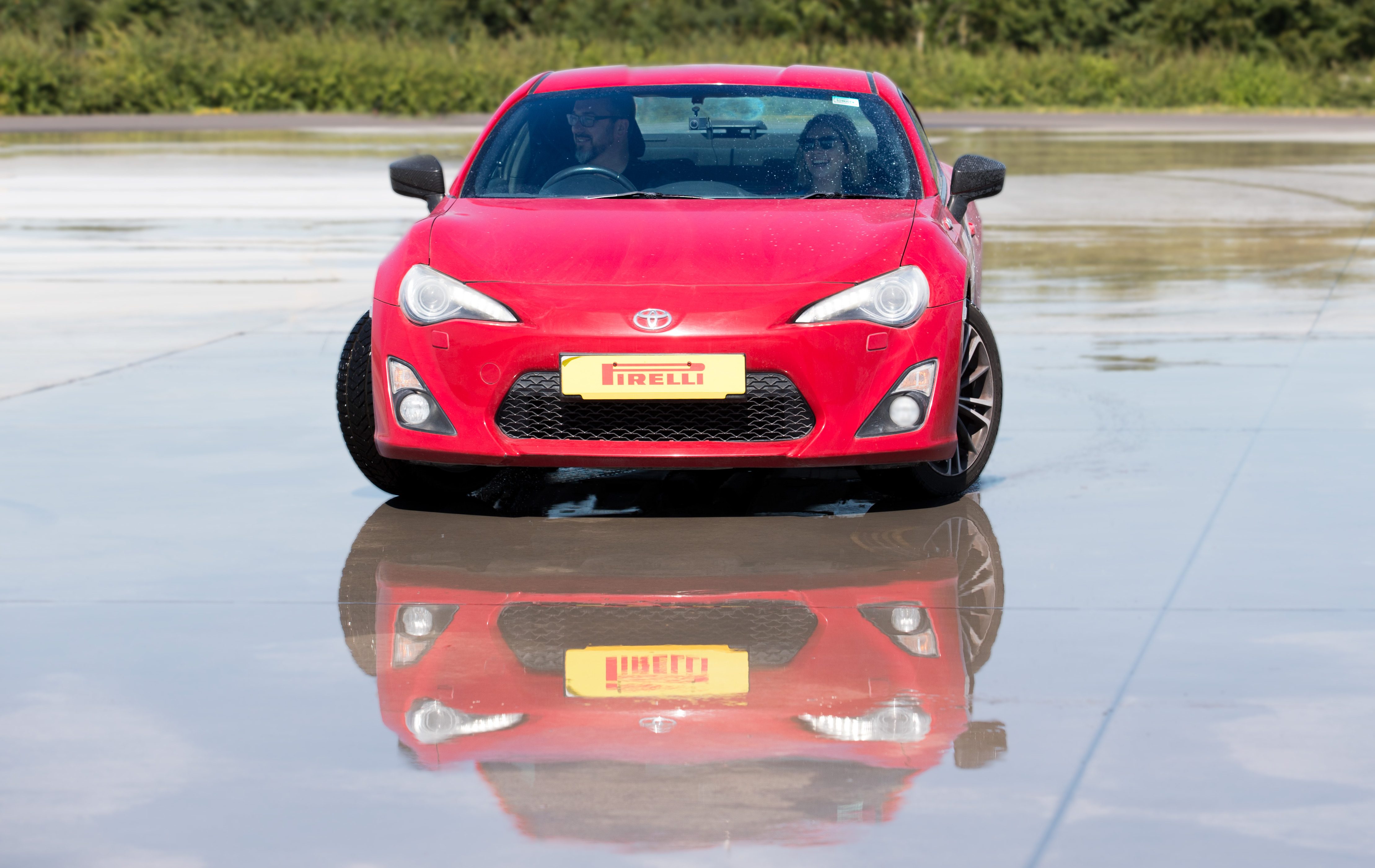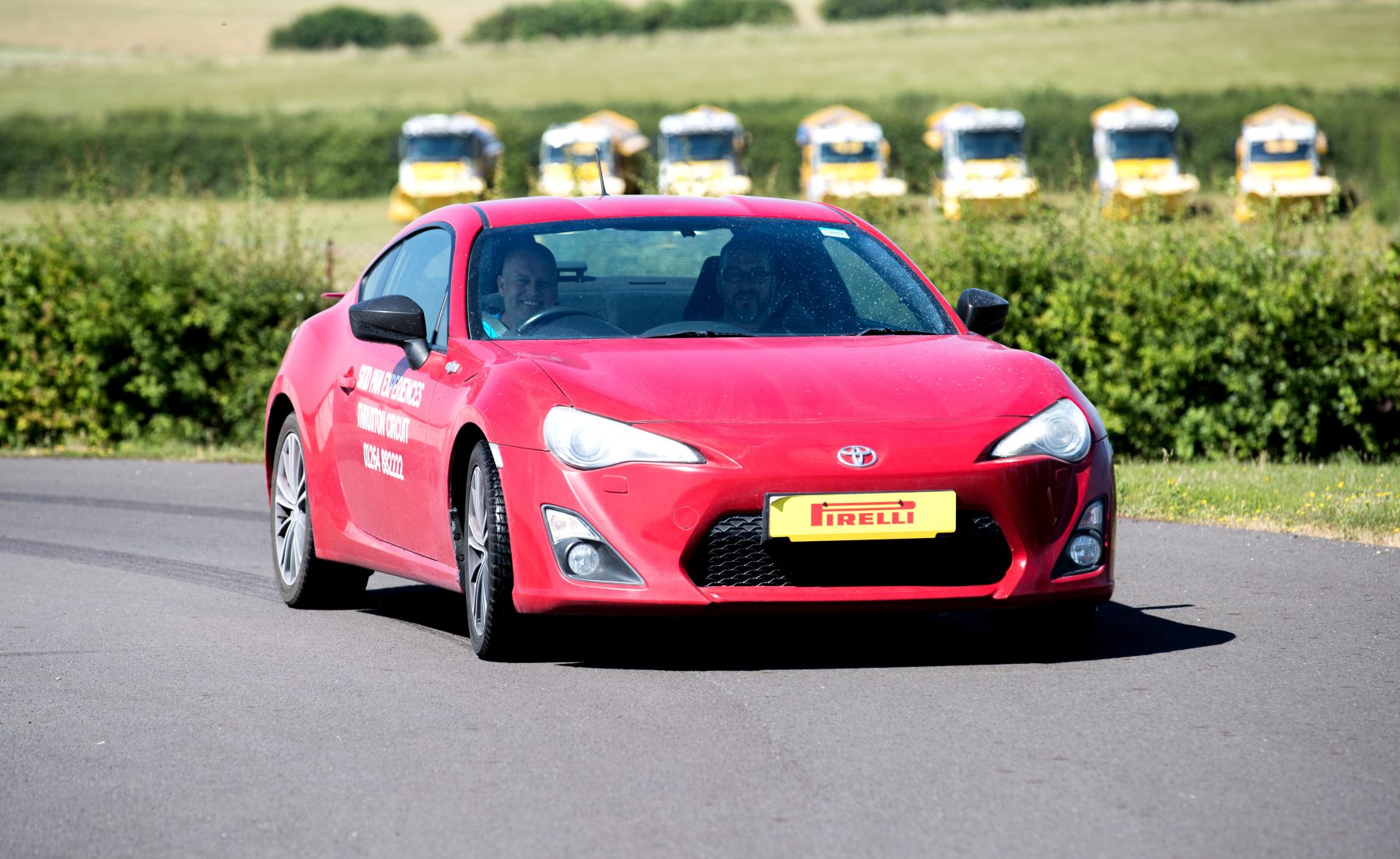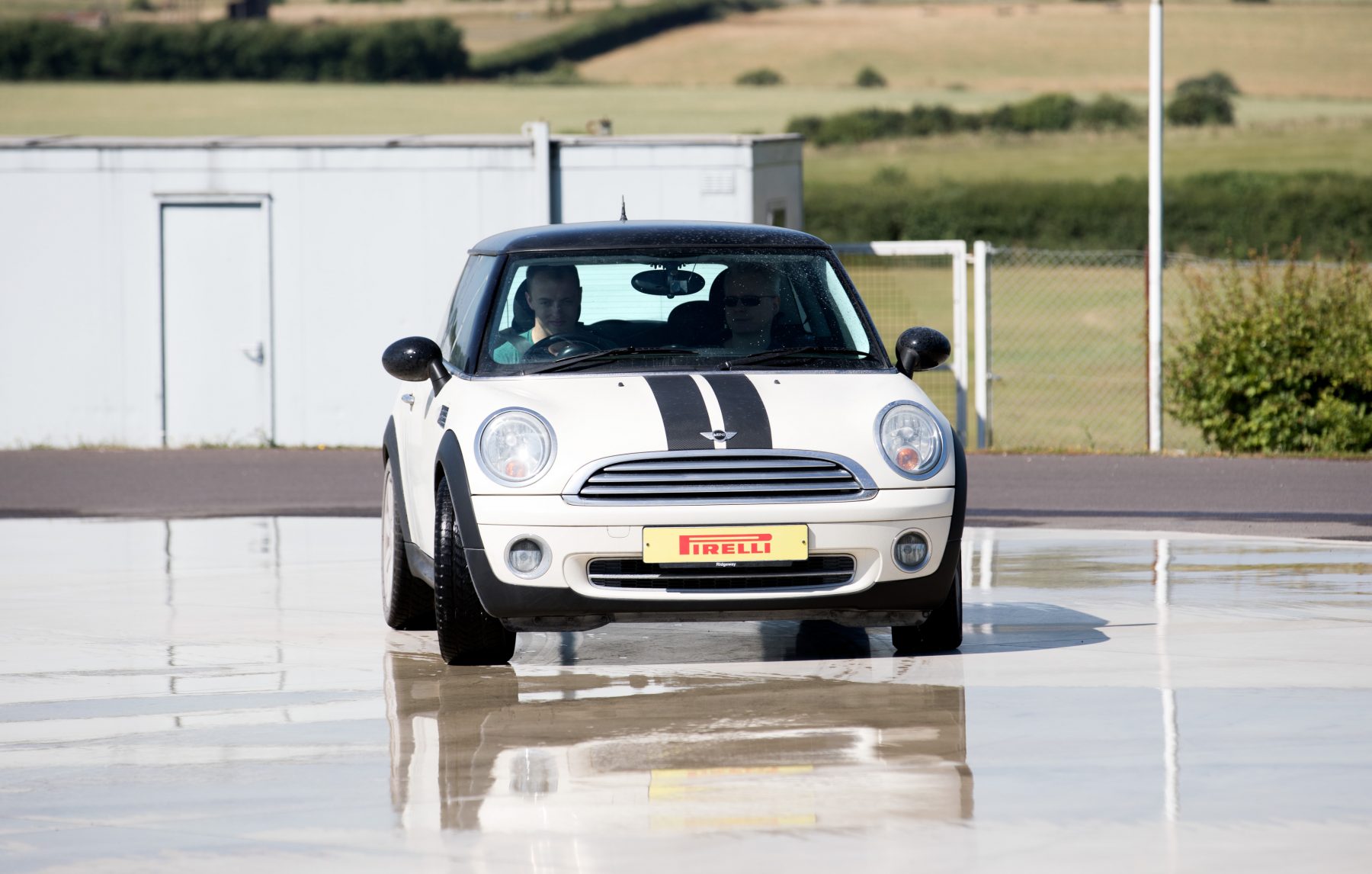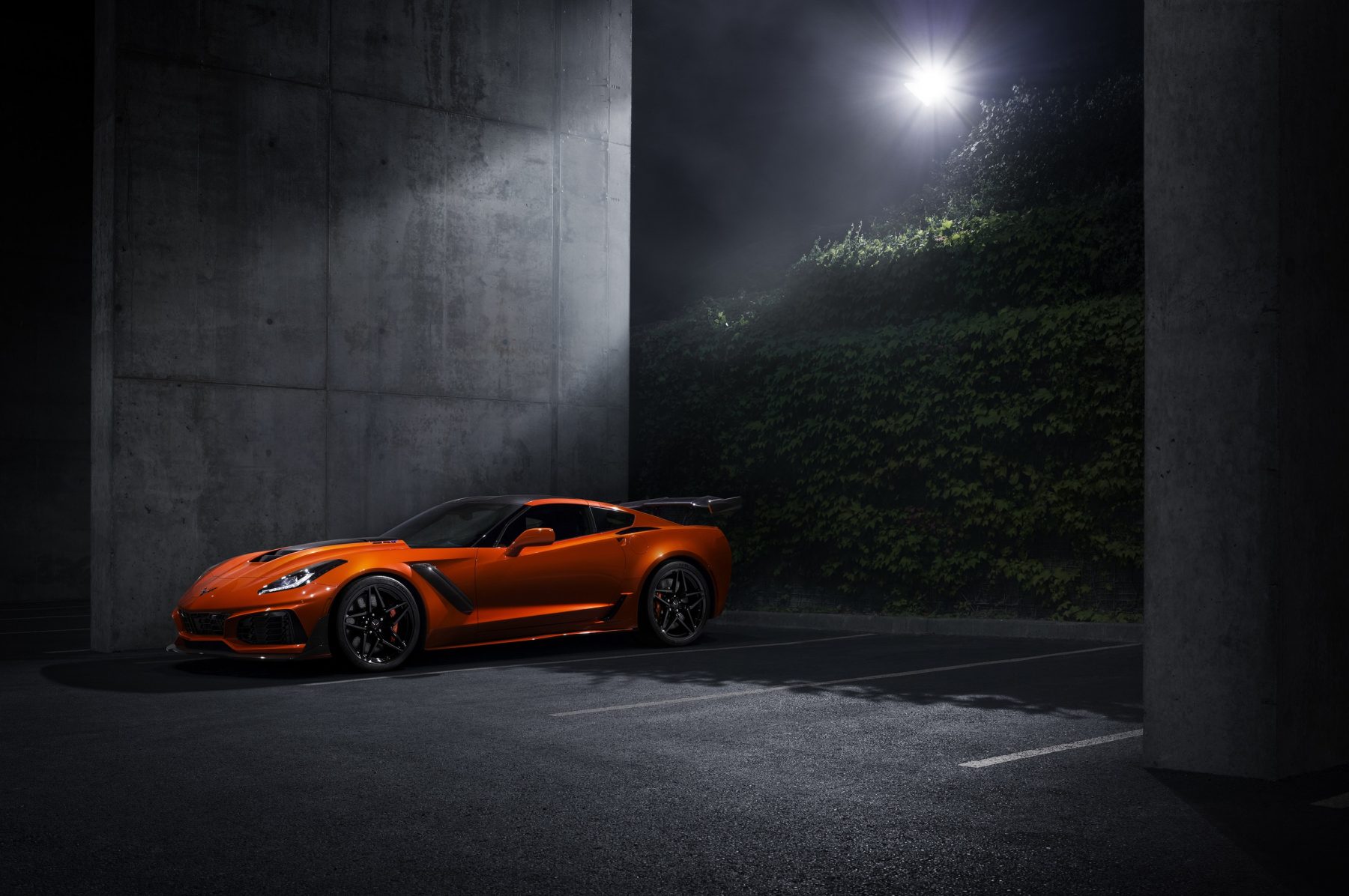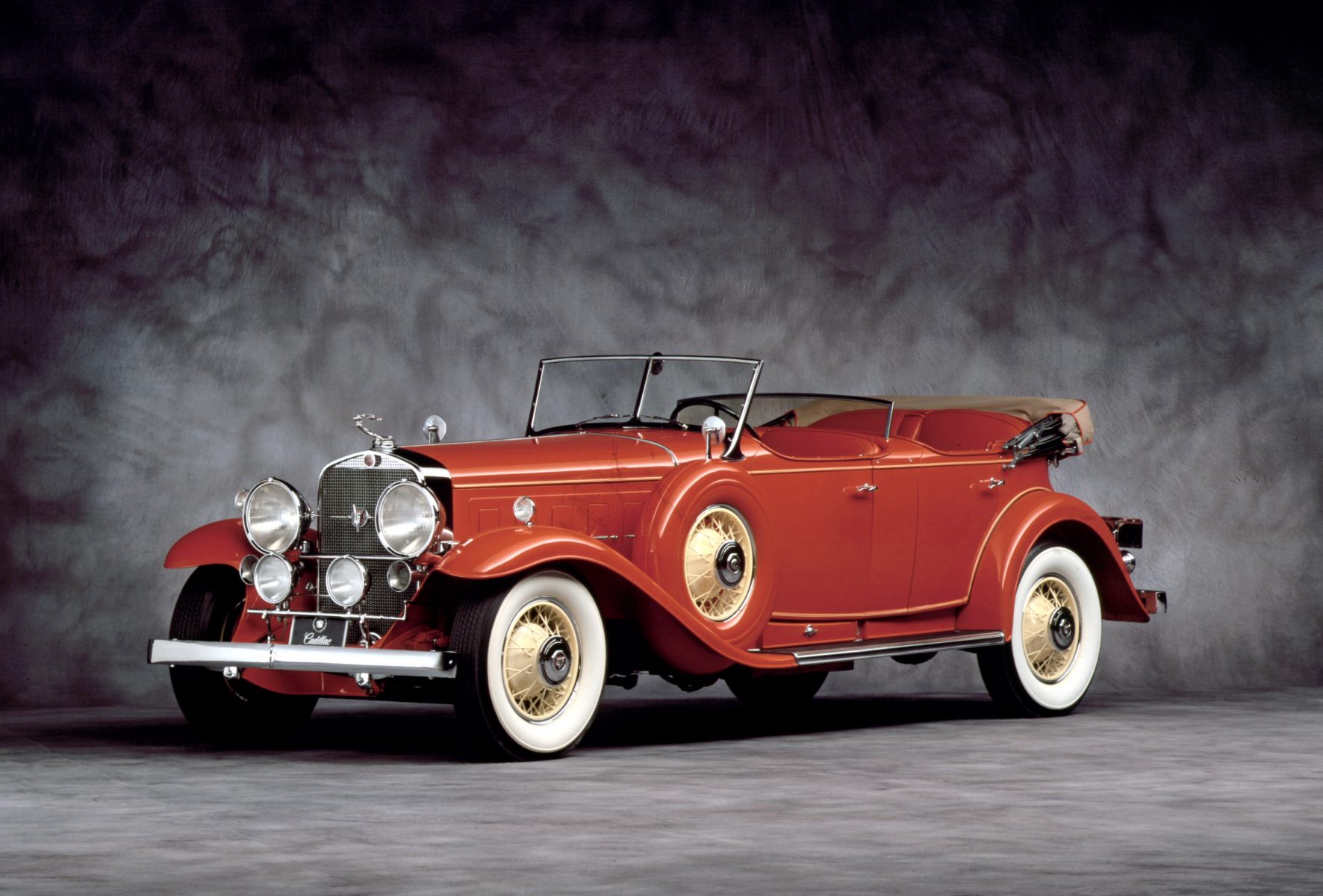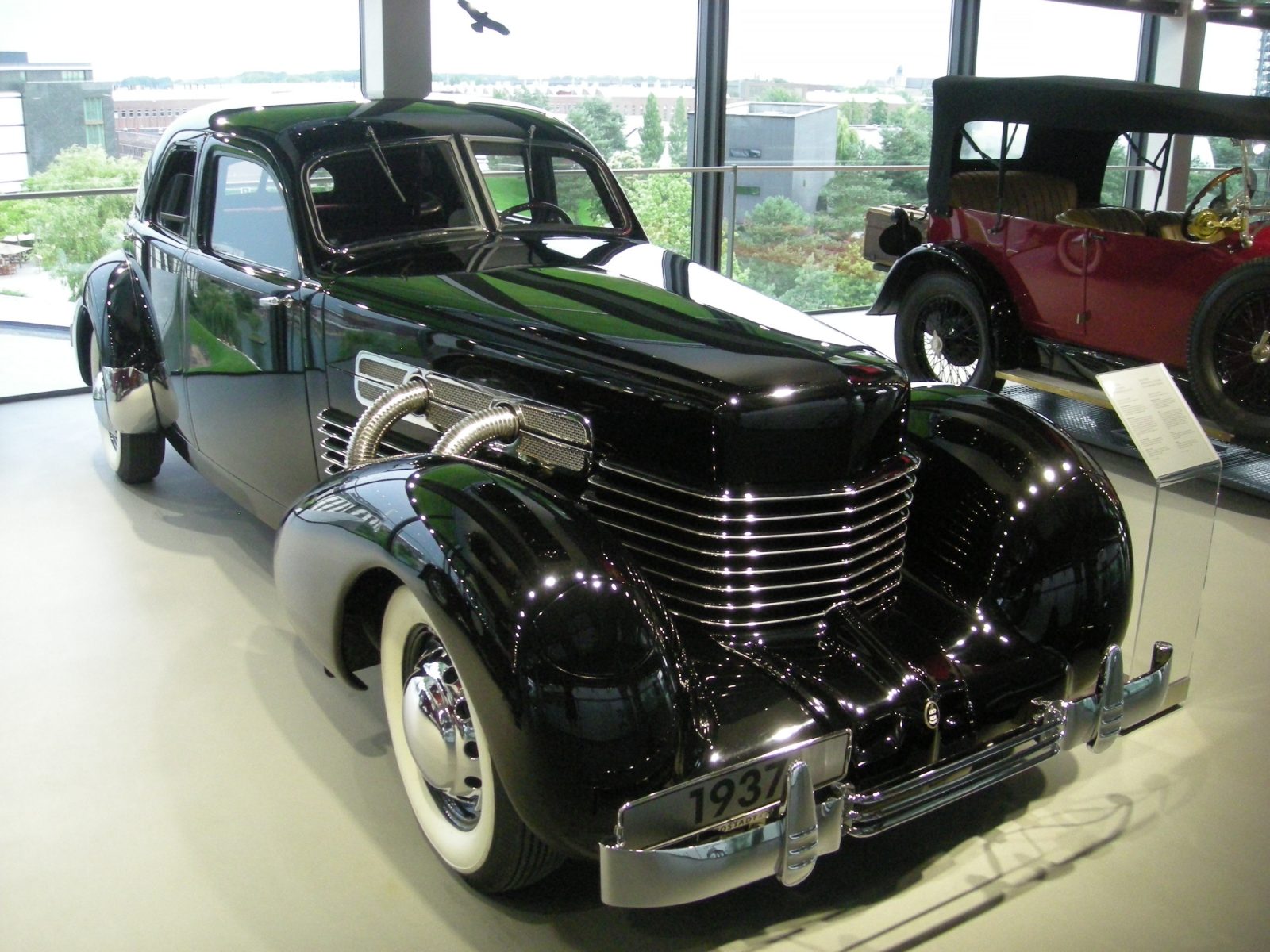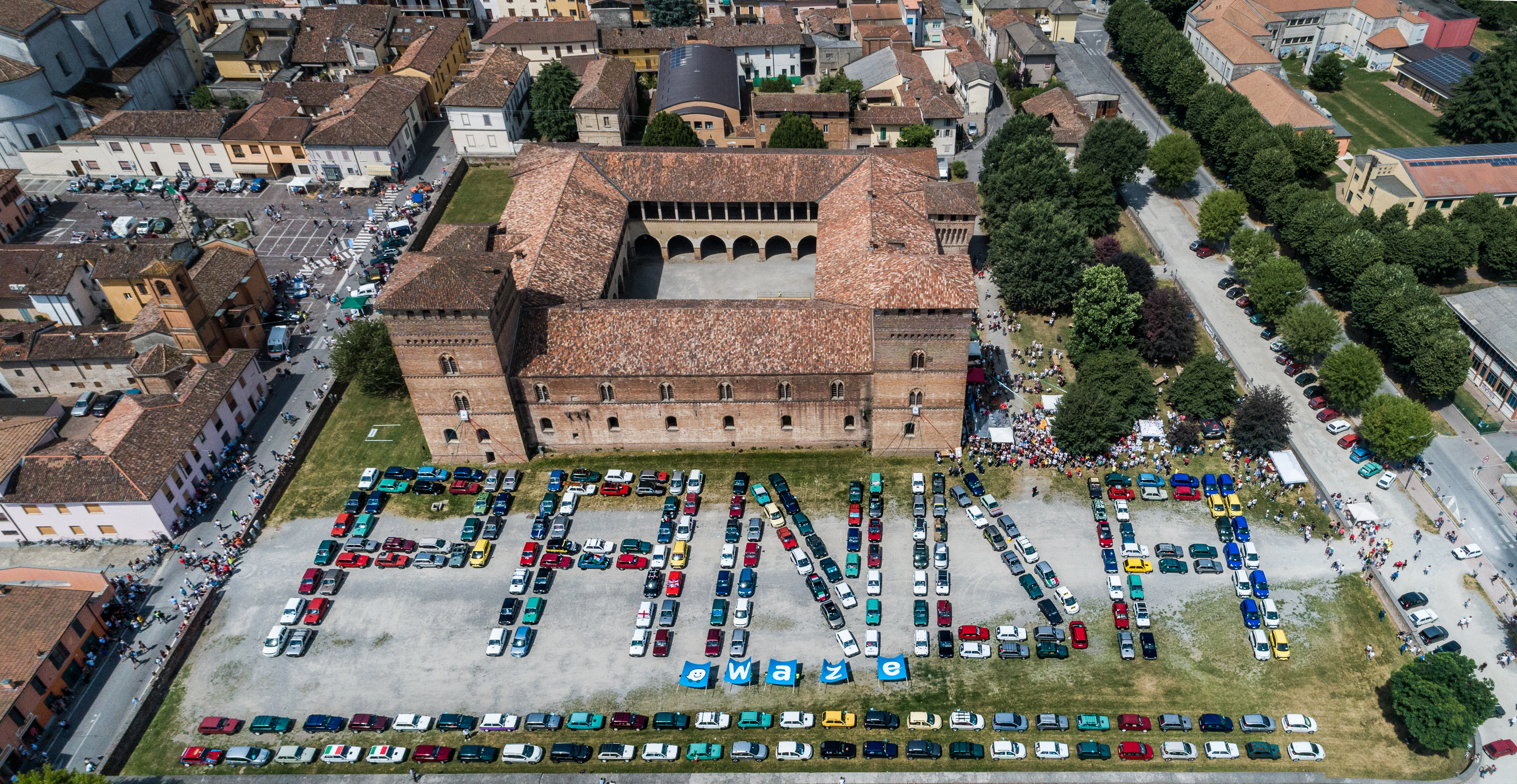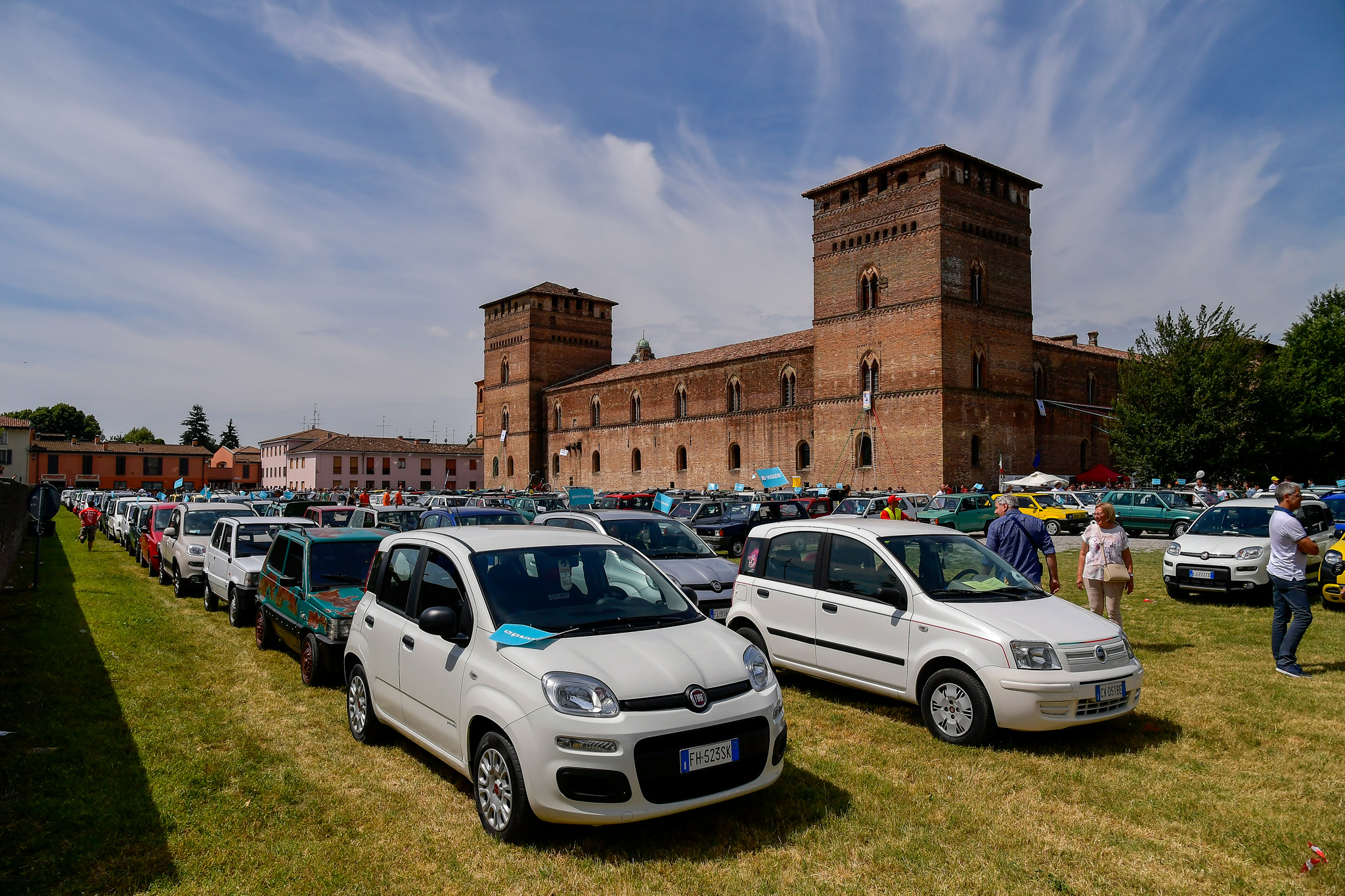It’s a bit warm, isn’t it? With the current heatwave sending temperatures soaring over 30 degrees in some parts of the country, the shorts are on, the Pimms is out and the freezer sections of supermarkets up and down the country are seeing unprecedented bloodshed.
But the worst place to be during this weather is in the cripplingly hot interior of a car for the ten or so minutes it takes for air-conditioning to start working. If parked in direct sunlight, the interior of a car can reach as high as 60 degrees Celsius – and black surfaces such as the dashboard can reach a terrifying 85 degrees.
That’s hot enough to rustle up a tray of freshly baked cookies, but it could also cause third-degree burns on your skin, and even cause serious heat injury or potentially death to children or pets.
But how do you stop your car from becoming an oven in the summer? These are our top tips…
Park in the shade
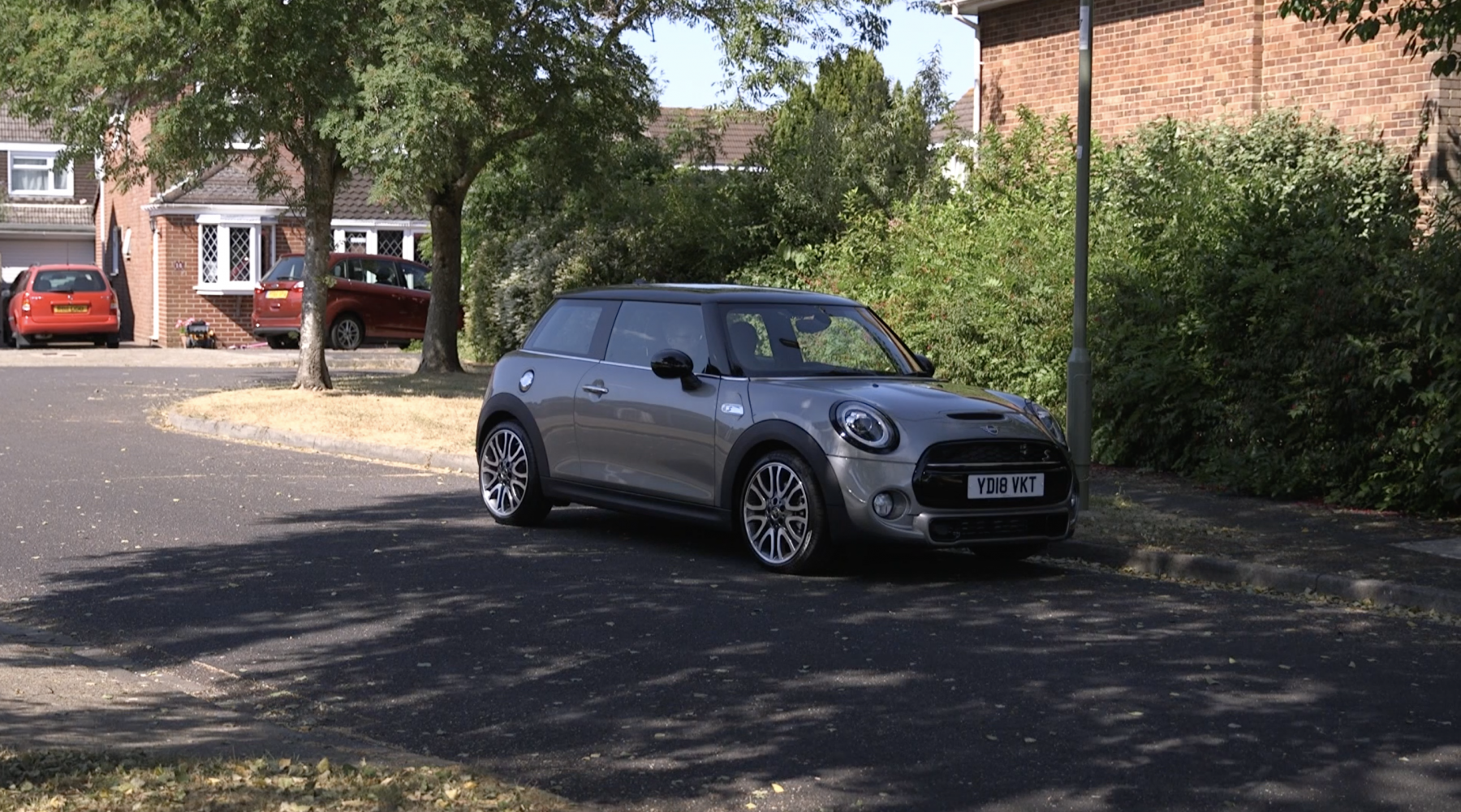
It’s direct sunlight, rather than ambient temperature which causes your car to heat up so much. Parking in the shade can alleviate this so look for a tree, building or covered car park if at all possible.
Invest in reflective covers
Reflective windscreen covers are available from every motor retailer for a very low price and can reduce interior temperature by several degrees. They also keep direct sunlight from your dash or steering wheel, so you’re at less risk of burning.
Towels

If you can’t park in the shade, you can create your own. Trap towels in the doors or windows and you’ll block the sun from entering your vehicle. At the very least, drape a hand towel over the steering wheel to make it more comfortable when you set off.
Leave your windows open just a little

Obviously leaving your windows all the way down is an open invitation for would-be thieves, but there’s little danger in cracking them by an inch – and doing so allows air to circulate round your car, keeping it cooler.
Use the doors, Luke
When you get back to your car, don’t just immediately get in and trust the air-conditioning to do its work. Instead, open one rear door, and repeatedly open and close the opposite front door around 10-20 times. This will circulate fresh air around your vehicle quickly.
Turn off stop-start
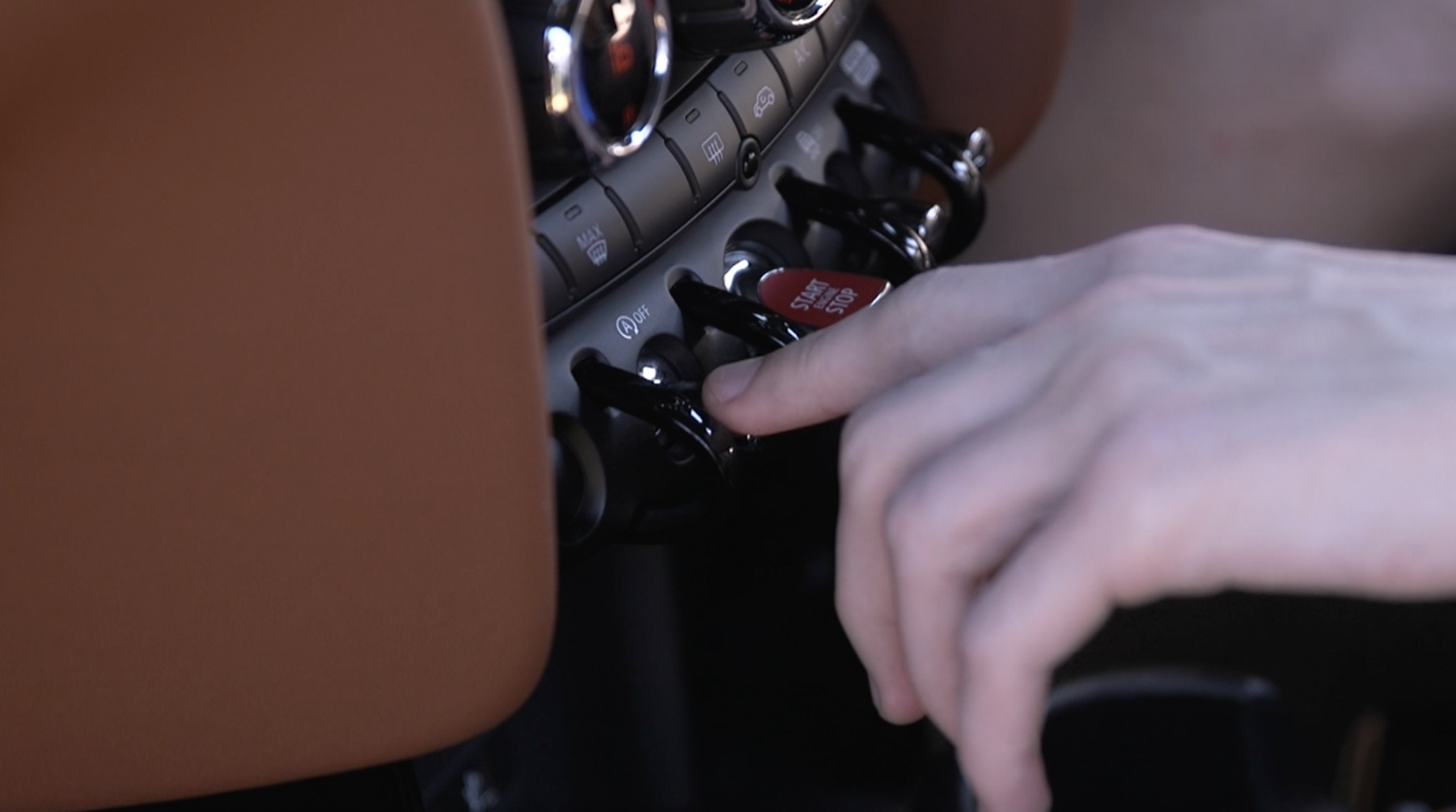
Stop-start technology is great for saving fuel, but it can reduce the effectiveness of your air-conditioning. You’ll use more petrol or diesel in traffic by switching it off, but you’ll stay cooler.
Put it away
Not strictly a tip to keep your car cool, but definitely something worth remembering. Intense heat can destroy personal possessions, and delicate items such as electronics or CDs will soon be damaged. Keep them out of direct sunlight and in the boot if possible.
Get in-vent-ive
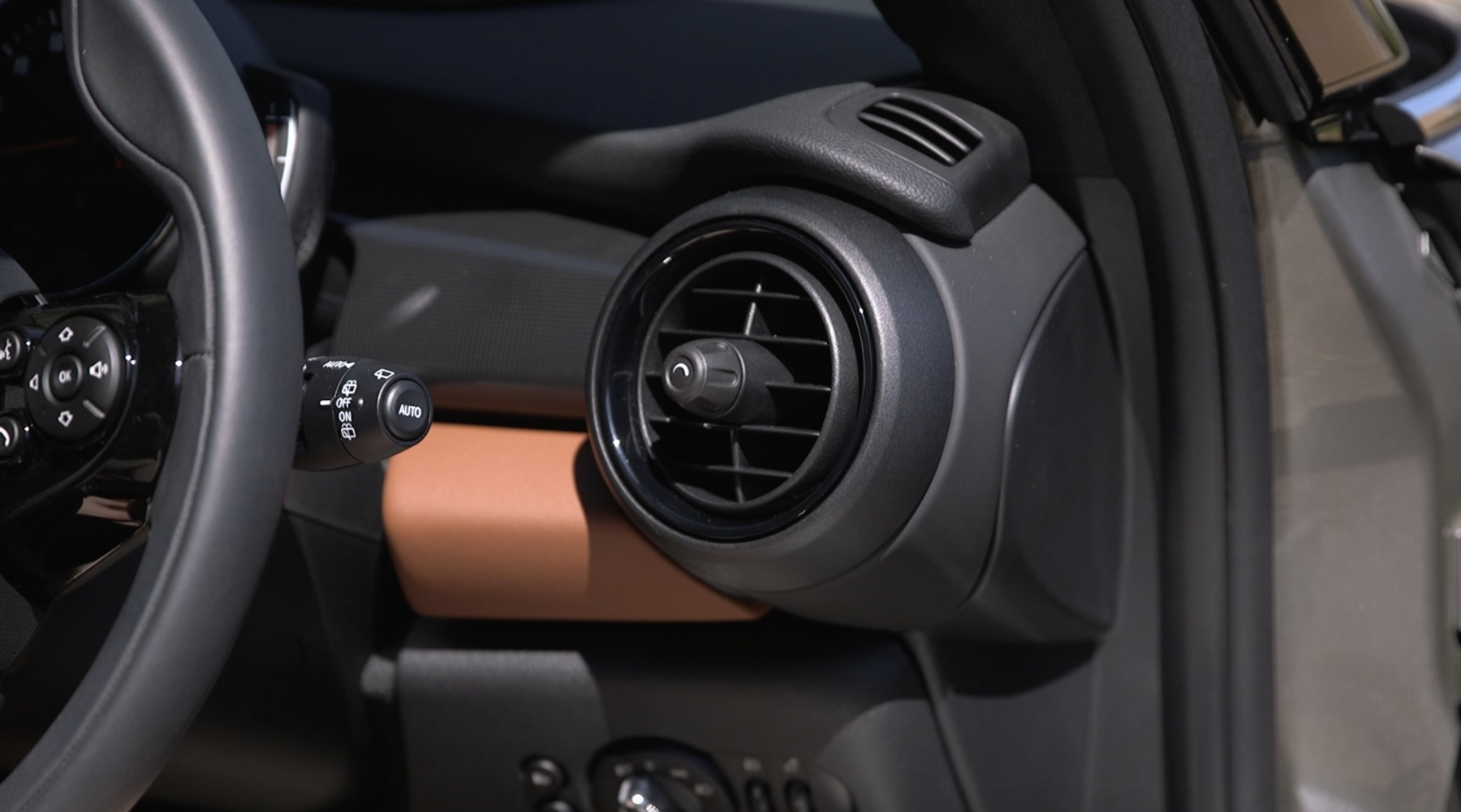
It’s tempting to point every single available air-conditioning vent right at your face. We know, we’ve done it ourselves. But this isn’t actually the most efficient way to cool your car – it’s best to point the vents upwards and cool the entire cabin at once. If you’re lucky enough to have multiple central air vents, though, you might be able to spare one for facial duties.
Prevention is better than cure
Like any component, your car’s air-conditioning system needs regular maintenance. Cabin air filters clog up and review airflow, so you should get them cleaned or replaced at least every year or at every service interval. Systems can leak or run out of gas too, so make sure to get the system checked and re-gassed at regular intervals. After all, the worst time to find out your air-conditioning needs fixing is when it’s already too late.

